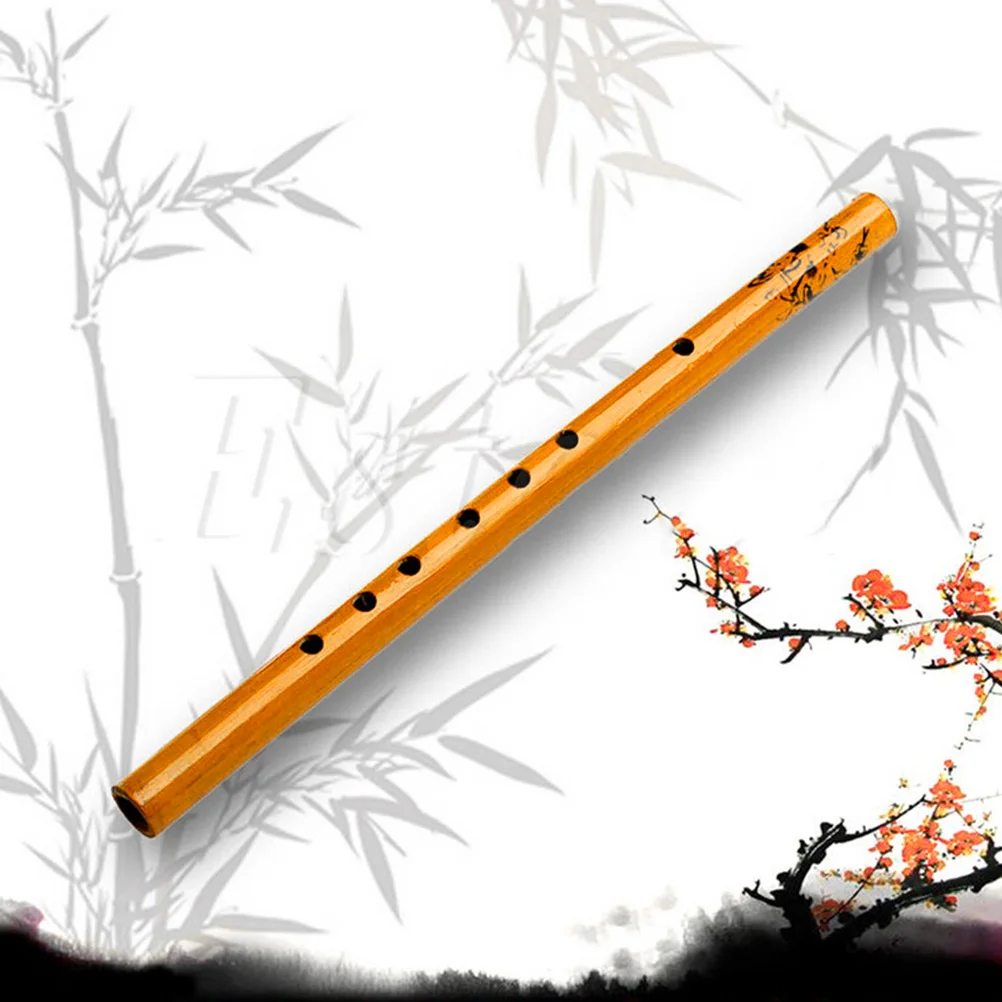
Ghana.ĭayera – Iranian and Uzbek frame drum. Kosovo.ĭawuro – D ouble metal struck bell. Ukraine.ĭavuli – Kosovar Albanian short wooden cylinder covered at each open end with leather-stretched with rope. There are numerous name variations: darabuka, darrabuka, darbucca, darbouka, darabukkah, derabucca, drbakka, d’rbuka, drbekki, derbuka, derbekki, tarambuka, tarabuka, derbakeh, goblet drum.ĭavadyensivka – Wind instrument. China.ĭarbuka – The most widely used name for a North African, Turkish and Middle Eastern hourglass-shaped drum.
#CHINESE STRINGED INSTRUMENT PLAYED WITH PADDED BAMBOO SKIN#
Greece.ĭap – A frame drum with a round mulberry frame covered with python skin on one side. Source: Khac Chi Ensemble.ĭaouli – Two headed goatskin drum. Vietnam.ĭan Trong – Small single-headed barrel drums of varying sizes and depths.

Source: Khac Chi Ensemble.ĭan moi – Mouth harp of the Hmong people, Vietnam.ĭan tam thap luc – 36-string hammered dulcimer. The tuning of the dangubica is diverse.ĭan mo – generic name for sets of wood blocks and bamboo rasps used for percussive effect. The word danguba loosely translates to “losing the day,” reflecting its association with shepherds who played it alone to pass the time. One string (or a pair of strings) plays the melody, while the second produces a continuous drone note. It has a long, fretted neck and a pear-shaped body. Vietnam.ĭangubica – The dangubica or samica is a small Croatian and Serbian stringed instrument with two single or double strings. Due to the thickness of the string, it is quite a difficult instrument to play. It is simply an electric dan bau with a very thick string on it. The bass bau was adapted from the dan bau to provide a musical range equivalent to that of a bass guitar. In recent years an electric version has been introduced, to be played in ensembles and large concerts. Vietnamese music group Khac Chi has added frets to the instrument’s already complex array of pitch production mechanisms.Īs the sound box of the dan bau is very narrow, it is not a loud instrument, and was traditionally used in more intimate environments. This produces the dan bau’s characteristic high clear sound. The player touches the string lightly with the heel of the hand at harmonic producing nodal points while plucking with the fingers. The Stem is bent to change the pitch of the string. The single string runs between the soundbox and a small wooden gourd attached to the stem. It is constructed of a long narrow sound box, with a tall curved stem made from water buffalo horn inserted at one end. Iran.ĭan Bau – The dan bau is a one-string zither native to Vietnam. India.ĭamman-ishkun – Double-headed bass drum. Damman provides a deep pulsating, resonant beat and is played with dances and singing in Ladakh. They are played with small sticks called damshing. Fo has a hole under it so that water can be poured into it to produce a heavy, deep sound. Also known as Ton Dhar.ĭamman – A set of two kettledrums called fo and mo, meaning male and female. The strikers whip around and alternately strike each drum head.

The drum is turned rapidly left and right. India.ĭamaru – Small Tibetan drum shaped like an hourglass with two pieces of string at the end of which are small round strikers. This instrument is closely related to the Tibetan dramyin or dranyen. Source: Penpa Tsering.ĭamian – A popular six string instrument used by nomadic people of Tibetan origin living in Ladakh. Name variations: dayereh, doyra, dojra, dajre, doira, dajreja.ĭalang – Tibetan mandolin-style instrument from Amdo (northern Tibet). Afghanistanĭaire – A medium-sized tambourine used in Iran, Azerbaijan, the Caucasus, the Balkans, and many Central Asian countries. There are two types: huapenggu, which is shaped like a flowerpot and datanggu or ganggu with a broad base.

India.ĭagaa gyil – A long xylophone, about 1.5 meters long, with seventeen keys, each with a corresponding gourd resonator. The frame is sometimes ornamental and the head is made from snake skin. Your Connection to traditional and contemporary World Music, including folk, roots, global music, ethno and crosscultural fusionsĭafri – A very small frame drum, usually only several centimeters in diameter.


 0 kommentar(er)
0 kommentar(er)
